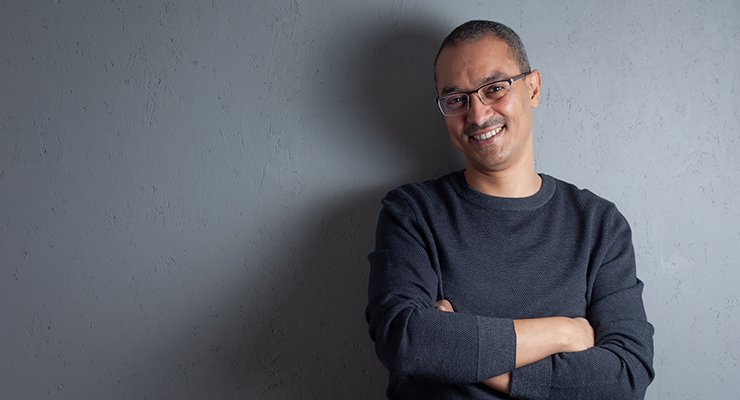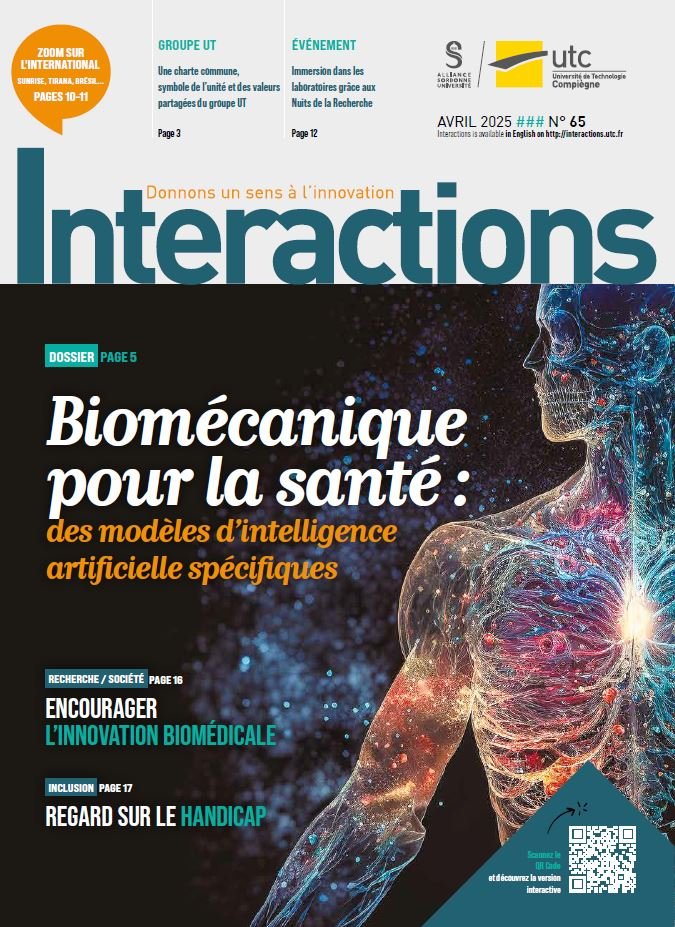Predicting and slowing down muscular ageing

Sofiane Boudaoud is a university professor and research scientist working with the C2MUST team at UTC-CNRS- BMBI. In particular, he is studying the assessment of muscle aging using AI tools in both basic and clinical research.
“It’s a natural process that affects both the anatomy, architecture and physiology of the muscle, but also its capacities, particularly motor capacities. The neuromuscular system responsible for producing movement is also affected. Ageing is an inescapable process does not occur uniformly in all individuals. “In an article published in The Journal of Gerontology Series A, my colleague Professor Kiyoka Kinugawa, a neurogeriatrician at Charles-Foix Hospital and an expert in functional exploration in the elderly, demonstrated that a sedentary lifestyle induces accelerated muscle ageing by comparing the muscular characteristics of people with regular physical activity with those of sedentary people in the same age group. Sarcopenia, the ultimate stage of aging, is the antechamber to loss of mobility and falls”, he explains.
The use of AI not only enables us to study the muscular aging process in greater detail, but also to detect risk-prone profiles and perhaps even anticipate the accelerated aging process. A thesis, as part of the Chronos project in collaboration with AP-HP, has been devoted to the prediction of aging by AI. “We use special algorithms the aim of which is to find the relationships between electromyographic signals measured on the surface of the muscle and age. We are currently finalizing an algorithm capable of predicting a person’s age class by studying this electrical activity alone. Another of the team’s projects concerns the development of a “digital twin” of aging muscle. This is a model that will mimic the muscle in all its behaviours, in a realistic, analytical and multi-scale way. In this case, we’re going to train the AI to reproduce the behaviour of this “biofidelic” model to speed up simulations”, assures Sofiane Boudaoud.
Other clinical projects with AP-HP are underway. “The first, HIPRESM, is a PhD project aimed at developing AI models to predict the ability of elderly people to recover from hip replacement surgery. The second, Chronos SARC, focuses on aging and sarcopenia. Prof. Kinugawa is the clinical investigator, and I am the scientific leader”, adds Sofiane Boudaoud.
MSD




